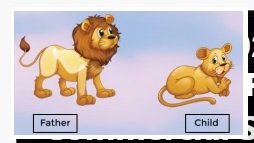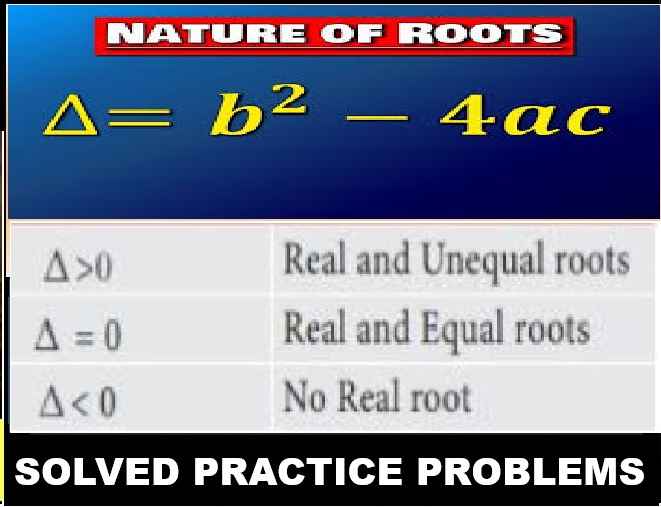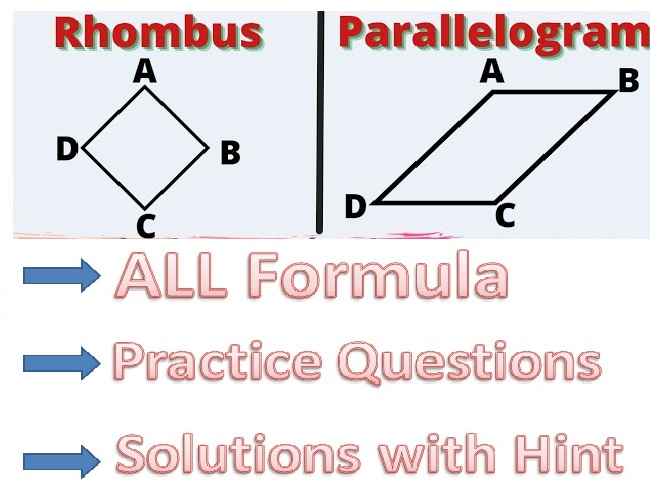Computer Application Specimen 2024: Sec-A Que-1 ICSE Sample Model Paper Solved. MCQs of Section A by expert teachers. These solutions of ICSE Specimen paper 2024 are fully applicable as latest prescribe guideline of CISCE for upcoming board exam.

Computer Application Specimen 2024: Sec-A Que-1 ICSE Sample Model Paper Solved
| Board | ICSE |
| Class | 10th (x) |
| Subject | Computer Application |
| Topic | Specimen Paper Solved |
| Sec | A |
| Question Number | Que-1 MCQs |
| Session | 2023-24 |
| Max mark | 80 |
Sec-A Computer Application Specimen 2024 ICSE
Question 1 Choose the correct answers to the questions from the given options
(i) Name the feature of java depicted in the above picture.

(a) Encapsulation
(b) Inheritance √
(c) Abstraction
(d) Polymorphism
Reason — The given picture shows the relationship of a parent (father) and child. Just like a child inherits some characteristics from his parents, inheritance enables new classes (derived class) to receive or inherit the properties and methods of existing classes (base class)
(ii) The expression which uses > = operator is known as:
(a) relational √
(b) logical
(c) arithmetic
(d) assignment
Reason — Relational expressions are constructed using relational operators — equal to ( == ), not equal to ( != ), less than ( < ), less than equal to ( <= ), greater than ( > ), greater than equal to ( >= )
(iii) Ternary operator is a:
(a) logical operator
(b) arithmetic operator
(c) relational operator
(d) conditional operator √
Reason — condition? expression 1 : expression 2 If the condition is true then result of ternary operator is the value of expression 1. Otherwise the result is the value of expression 2.
(iv) When primitive data type is converted to a corresponding object of its class, it is called:
(a) Boxing √
(b) Unboxing
(c) explicit type conversion
(d) implicit type conversion
Reason — Boxing is the conversion of primitive data type into an object of its corresponding wrapper class.
(v) The number of bytes occupied by a character array of 10 elements.
(a) 20 bytes √
(b) 60 bytes
(c) 40 bytes
(d) 120 bytes
Reason — A char data type occupies ‘2’ bytes in the memory. Thus, 10 char type elements occupy (10 x 2) = 20 bytes in memory.
(vi) The method of Scanner class used to accept a double value is:
(a) nextInt()
(b) nextDouble() √
(c) next()
(d) nextInteger()
Reason — The nextDouble() function reads the next token entered by the user as a double value
(vii) Among the following which is a keyword:
(a) every
(b) all
(c) case √
(d) each
Reason — case is a keyword. It is used to define switch case construct
(viii) The output of Math.round(6.6) + Math.ceil(3.4) is:
(a) 9.0
(b) 11.0 √
(c) 10.0
(d) 11
Reason — The given expression is evaluated as follows:
Math.round(6.6) + Math.ceil(3.4)
⇒ 7 + 4.0
⇒ 11.0
(ix) Name the type of error, if any in the following statement:
System.out.print(“HELLO”)
(a) logical
(b) no error
(c) runtime
(d) syntax √
Reason — The given statement is missing a terminator ( ; ) at the end. Thus, it has a syntax error.
(x) Java statement to access the 5th element of an array is:
(a) X[4] √
(b) X[5]
(c) X[3]
(d) X[0]
Reason — Array indexes start from 0. So, X[4] refers to the 5th element of the array.
(xi) The output of “Remarkable”.substring(6) is:
(a) mark
(b) emark
(c) marka
(d) able √
Reason — “Remarkable”.substring(6) will extract a substring starting from the character at index 6
(xii) Which of the following is the wrapper class for the data type char?
(a) String
(b) Char
(c) Character √
(d) Float
Reason — Character is the wrapper class for the data type char.
(xiii) Name the package that contains wrapper classes:
(a) java.lang √
(b) java.util
(c) java .io
(d) java.awt
Reason — Wrapper classes are present in java.lang package.
(xiv) Constructor overloading follows which principle of Object Oriented programming?
(a) Inheritance
(b) Polymorphism √
(c) Abstraction
(d) Encapsulation
Reason — Polymorphism provides the means to perform a single action in multiple different ways and constructor overloading follows Polymorphism principle of Object Oriented programming wherein a constructor having the same name behaves differently with different arguments.
(xv) Which of the following is a valid Integer constant:
1. 4
2. 4.0
3. 4.3f
4. “four”
(a) Only 1. √
(b) 1. and 3.
(c) 2. and 4.
(d) 1. and 2
Reason — Integer constants represent whole number values only. Thus, 4 is an integer constant. 4.0 is a double constant, 4.3f is a float constant while “four” is a String constant
(xvi) The method compareTo() returns __ when two strings are equal and in lowercase :
(a) true
(b) 0 √
(c) 1
(d) false
Reason — compareTo() method compares two strings lexicographically and returns the difference between the ASCII values of the first differing characters in the strings. Here, the strings are equal so the difference is 0
(xvii) Assertion(A): In java statements written in lower case letter or upper case letter are treated as the same.
Reason(R): Java is a case sensitive language.
(a) Both Assertion (A) and Reason (R) are true and Reason (R) is a correct explanation of Assertion (A)
(b) Both Assertion (A) and Reason (R) are true and Reason (R) is not a correct explanation of Assertion(A)
(c) Assertion (A) is true and Reason (R) is false
(d) Assertion (A) is false and Reason (R) is true √
Reason — In Java, statements written in lower case letter or upper case letter are treated differently as Java is a case sensitive language
(xviii) Read the following text, and choose the correct answer: A class encapsulate Data Members that contains the information necessary to represent the class and Member methods that perform operations on the data member.
What does a class encapsulate?
(a) Information and operation
(b) Data members and Member methods √
(c) Data members and information
(d) Member methods and operation
Reason — A class encapsulates state and behavior by combining data and functions into a single unit. The state of an object is represented by its member variables and behaviour is represented by member methods
(xix) Assertion(A): call by value is known as pure method
Reason(R): The original value of variable does not change as operation is performed on copied values.
(a) Both Assertion (A) and Reason (R) are true and Reason (R) is a correct explanation of Assertion (A) √
(b) Both Assertion (A) and Reason (R) are true and Reason (R) is not a correct explanation of Assertion (A)
(c) Assertion (A) is false and Reason (R) is true
(d) Assertion (A) is false and Reason (R) is true
Reason — Call by value is known as pure method as it does not modify the value of original variables. The original value of variable does not change as operation is performed on copied values
(xx) What Will be the output for:
System.out.print(Character.toLowerCase(‘1’));
(a) 0
(b) 1 √
(c) A
(d) true
Reason — In Java, the Character.toLowerCase(char ch) method is used to convert a given character to its lowercase equivalent, if one exists. If the character is already in lowercase or there is no lowercase equivalent, it will return the original character.
— End of Computer Application Specimen 2024: Sec-A Que-1 ICSE :-
-–: Visit also :–
Return to : ICSE Specimen Paper 2024 Solved
Thanks


